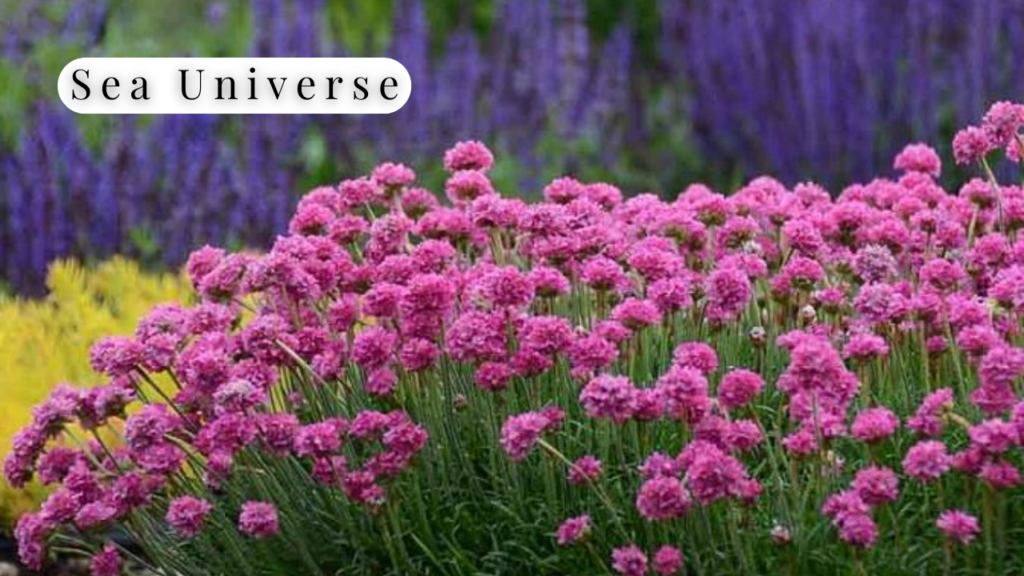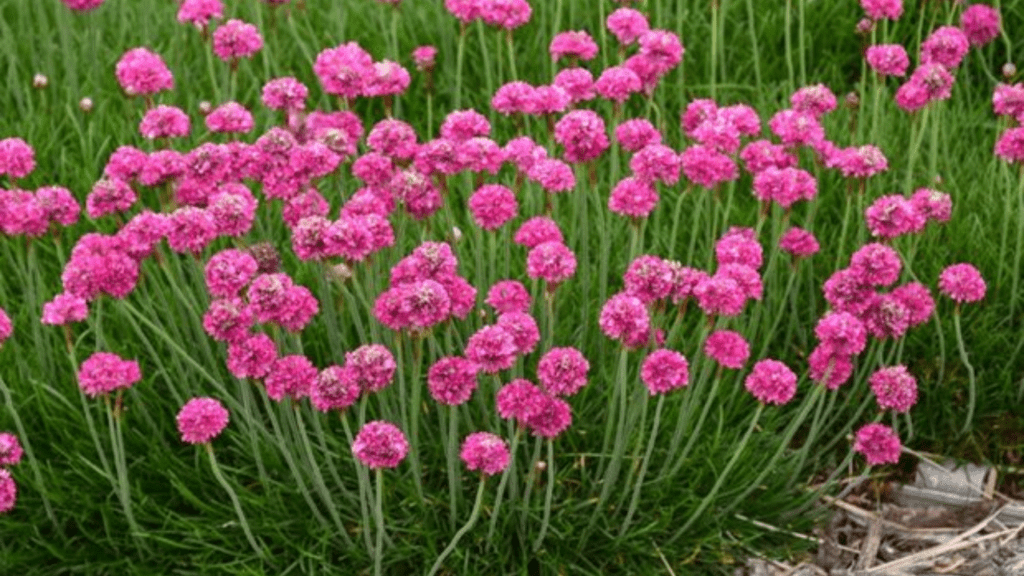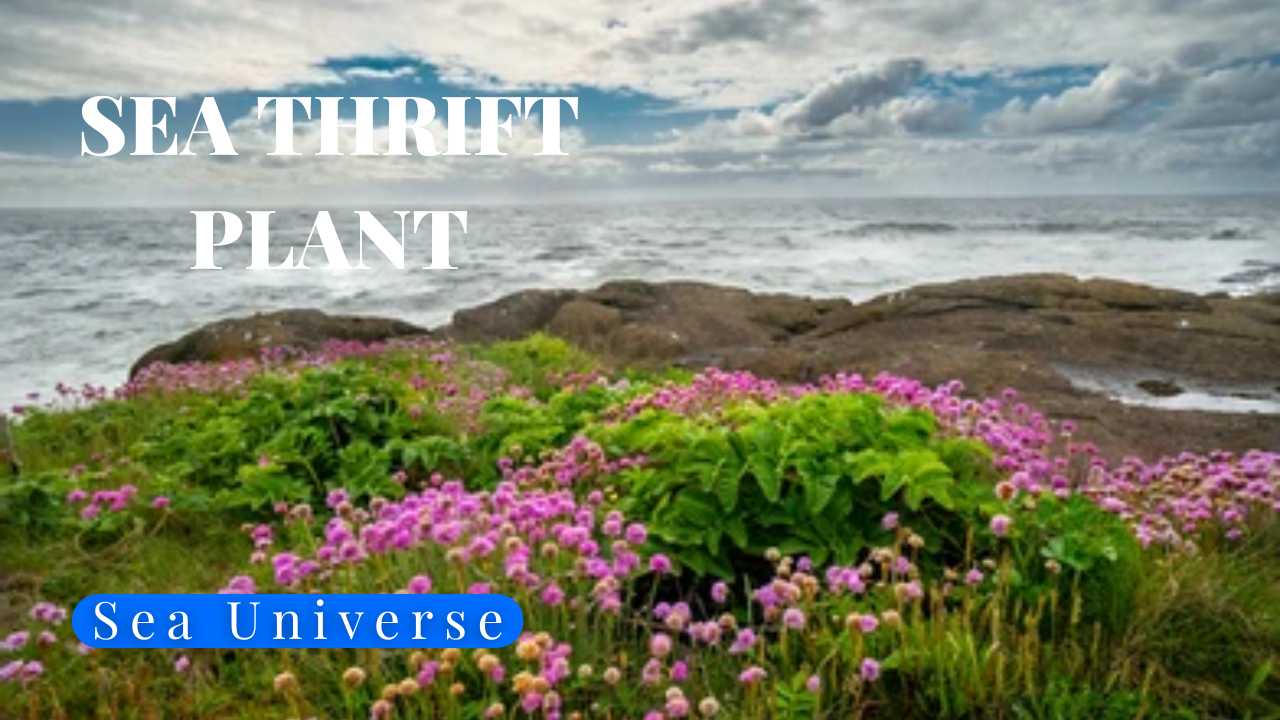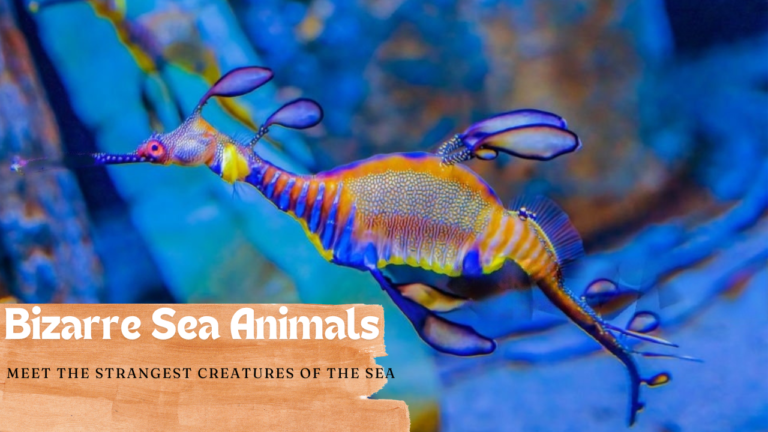Sea Thrift Plant: Armeria maritima
Imagine walking along a windswept coastline, the salty breeze ruffling your hair, and suddenly spotting a cluster of delicate pink flowers dancing in the wind. These enchanting blooms, perched atop slender stems rising from cushions of grass-like leaves, are none other than the sea thrift plant. Also known as Armeria maritima, this hardy little perennial has captured the hearts of gardeners and nature enthusiasts alike with its resilience and charm. Join us as we dive into the fascinating world of sea thrift, exploring its unique characteristics uses, and how you can bring a touch of coastal magic to your garden.

Introduction
Sea thrift, scientifically known as Armeria maritima, is a charming perennial plant that has captured the hearts of gardeners and nature enthusiasts alike. Native to coastal regions across the Northern Hemisphere, this resilient little plant is renowned for its ability to thrive in harsh, salty environments. With its compact cushions of grass-like foliage and delicate pink or white pom-pom flowers bobbing atop slender stems, sea thrift brings a touch of coastal beauty to gardens both near and far from the shore. Its hardiness, low maintenance requirements, and long blooming period make it a versatile choice for rock gardens, borders, and containers, offering a delightful splash of color from spring through early summer.
How to Take Care of Sea Thrift Plant
Caring for sea thrift is relatively straightforward, but there are a few key points to keep in mind to ensure your plants thrive:
- Sunlight: Sea thrift loves full sun, so make sure it gets at least 6 hours of direct sunlight daily.
- Soil: Well-draining soil is crucial. Mix in some sand or grit if your soil tends to hold water.
- Watering: Once established, sea thrift is drought-tolerant. Water deeply but infrequently.
- Fertilizer: Sea thrift doesn’t need much feeding. A light application of balanced fertilizer in spring is usually sufficient.
- Pruning: Deadhead spent flowers to encourage reblooming and trim back foliage in late fall.
How to Grow Thrift Plants in the Garden
Ready to add some sea thrift to your garden? Here’s a step-by-step guide to getting started:
- Choose your location: Select a spot with full sun and well-draining soil.
- Prepare the soil: If needed, amend heavy soils with sand or grit to improve drainage.
- Planting: Space plants about 6-8 inches apart. The best time to plant is in spring or early fall.
- Watering: Keep the soil consistently moist until the plants are established, then reduce watering.
- Mulching: Apply a thin layer of gravel or small pebbles around the plants to retain moisture and mimic their natural habitat.
- Propagation: Divide established plants every 3-4 years in spring to maintain vigor and create new plants.
Dive deeper into the mysteries of the sea universe and uncover the secrets of Types of Sea Plants—dive into their world to learn about them!
A Closer Look at Sea Thrift
Sea thrift, with its scientific name Armeria maritima, is a low-growing perennial plant that belongs to the Plumbaginaceae family. This tough little plant is a true coastal dweller, thriving in rocky, sandy soils where other plants might struggle. Let’s take a closer look at what makes sea thrift so special:
Appearance: Sea thrift forms dense, mounded tufts of narrow, grass-like leaves that create a lush green carpet.
Flowers
In late spring and early summer, slender stems emerge from the foliage, topped with globe-shaped clusters of pink or white flowers.
Size
Typically growing 6-12 inches tall and spreading 6-12 inches wide, sea thrift is perfect for rock gardens and borders.
Hardiness
This resilient plant is hardy in USDA zones 4-8, withstanding harsh coastal conditions and even tolerating some drought.
Where within the World?
Sea thrift isn’t simply limited to at least one nook of the arena. This adaptable plant can be found in numerous coastal regions across the globe:
European coastlines
From the rugged cliffs of Scotland to the sunny shorelines of the Mediterranean.
North American beaches
Along the Atlantic and Pacific coasts, such as areas of Alaska.
South American coasts
Particularly in temperate areas of Chile and Argentina.
Asian territories
Found in parts of Russia and Japan.
Arctic regions
Some varieties of sea thrift can even be discovered inside the harsh climates of Greenland and Iceland.
Sea Thrift Through the Seasons
Sea Thrift offers year-round interest in the garden. Here’s what to expect as the seasons change:
Spring
Fresh green growth emerges, followed by the first flush of flowers.
Summer
Peak blooming season, with flowers lasting several weeks. Fall: A second, smaller bloom may occur. Foliage begins to take on bronze tones.
Winter
Evergreen leaves provide texture and interest even in cold months.
Dive deeper into the mysteries of the sea universe and uncover the secrets of Diving Sea Birds—dive into their world to learn about them!

The Environmental Benefits of Sea Thrift
Beyond its ornamental value, sea thrift plays an important role in coastal ecosystems:
- Soil stabilization: Its deep roots help prevent erosion on cliffs and dunes.
- Wildlife habitat: The dense foliage provides shelter for small animals and insects.
- Pollinator support: The nectar-rich flowers are an important food source for bees and butterflies.
- Adaptability: Sea thrift’s ability to thrive in harsh conditions makes it valuable for restoring degraded coastal areas.
Sea Thrift in Art and Culture
The charm of sea thrift has not gone unnoticed in the world of art and culture:
- Botanical illustrations: Sea thrift has been featured in numerous detailed botanical drawings.
- Poetry: Its resilience in harsh coastal environments has inspired poets and writers.
- Photography: The plant’s delicate flowers against rugged coastal backdrops are a favorite subject for nature photographers.
- Garden design: Sea thrift has influenced the creation of naturalistic and coastal-themed gardens worldwide.
Did You Know?
Sea Thrift is full of surprises! Here are a few interesting tidbits about this coastal splendor:
- The call “thrift” comes from the Old Norse phrase “thrift,” meaning to thrive – a becoming description for this hardy plant.
- In the language of flowers, sea thrift symbolizes sympathy and represents living by the smallest means.
- Despite its sensitive appearance, sea thrift is notably salt-tolerant, capable of withstanding sea spray and salty soils.
- The leaves of sea thrift had been once used to make a diuretic tea in conventional medicine.
- Some species of sea thrift were used to create natural dyes for fabrics.
The Environmental Benefits of Sea Thrift
Beyond its ornamental value, sea thrift plays an important role in coastal ecosystems:
- Soil stabilization: Its deep roots help prevent erosion on cliffs and dunes.
- Wildlife habitat: The dense foliage provides shelter for small animals and insects.
- Pollinator support: The nectar-rich flowers are an important food source for bees and butterflies.
- Adaptability: Sea thrift’s ability to thrive in harsh conditions makes it valuable for restoring degraded coastal areas.
Dive deeper into the mysteries of the sea universe and uncover the secrets of Hawaiian Sea Birds —dive into their world to learn about them!
Sea Thrift in Art and Culture
The charm of sea thrift has not gone unnoticed in the world of art and culture:
- Botanical illustrations: Sea thrift has been featured in numerous detailed botanical drawings.
- Poetry: Its resilience in harsh coastal environments has inspired poets and writers.
- Photography: The plant’s delicate flowers against rugged coastal backdrops are a favorite subject for nature photographers.
- Garden design: Sea thrift has influenced the creation of naturalistic and coastal-themed gardens worldwide.
Conclusion
As we wrap up our exploration of sea thrift, let’s recap why this charming coastal plant is worth considering for your garden:
- Resilience: Thrives in challenging conditions, including coastal areas and poor soils.
- Low maintenance: Requires minimal care once established.
- Versatility: Suitable for various garden styles and designs.
- Ecological value: Supports pollinators and helps stabilize soil.
- Year-round interest: Offers attractive foliage even when not in bloom.
- Compact size: Perfect for small spaces and container gardens.
Whether you want to add a touch of coastal charm to your landscape or seek a tough, low-maintenance plant for a difficult spot, sea thrift is an excellent choice. Its delicate beauty belies its hardy nature, making it a true gem in the world of garden plants. So why not bring a little piece of the seashore to your garden with the delightful sea thrift?
Frequently Asked Question
What is a Sea Thrift Plant?
The Sea Thrift Plant (Armeria maritima) is a hardy, low-growing perennial known for its tufted, grass-like leaves and clusters of small, pink or white flowers. It’s often found in coastal areas and is popular in rock gardens and borders.
How do I care for a Sea Thrift Plant?
Sea Thrift Plants thrive in well-drained soil and full sun. They require minimal watering once established and are drought-tolerant. Deadheading spent flowers can encourage more blooms, and dividing the plant every few years helps maintain its vigor.
Is the Sea Thrift Plant suitable for coastal gardens?
Yes, the Sea Thrift Plant is ideal for coastal gardens. It’s salt-tolerant and thrives in sandy, well-drained soils typical of seaside environments. Its ability to withstand harsh coastal conditions makes it a popular choice for gardeners in these regions.
When does the Sea Thrift Plant bloom?
The Sea Thrift Plant typically blooms from late spring to early summer. Its vibrant pink or white flowers appear in clusters atop slender stems, creating a striking contrast with its green, grass-like foliage.
Can the Sea Thrift Plant be grown indoors?
While the Sea Thrift Plant is generally grown outdoors, it can be grown indoors in containers with proper care. Ensure it receives plenty of sunlight and has well-drained soil to mimic its natural coastal environment.






